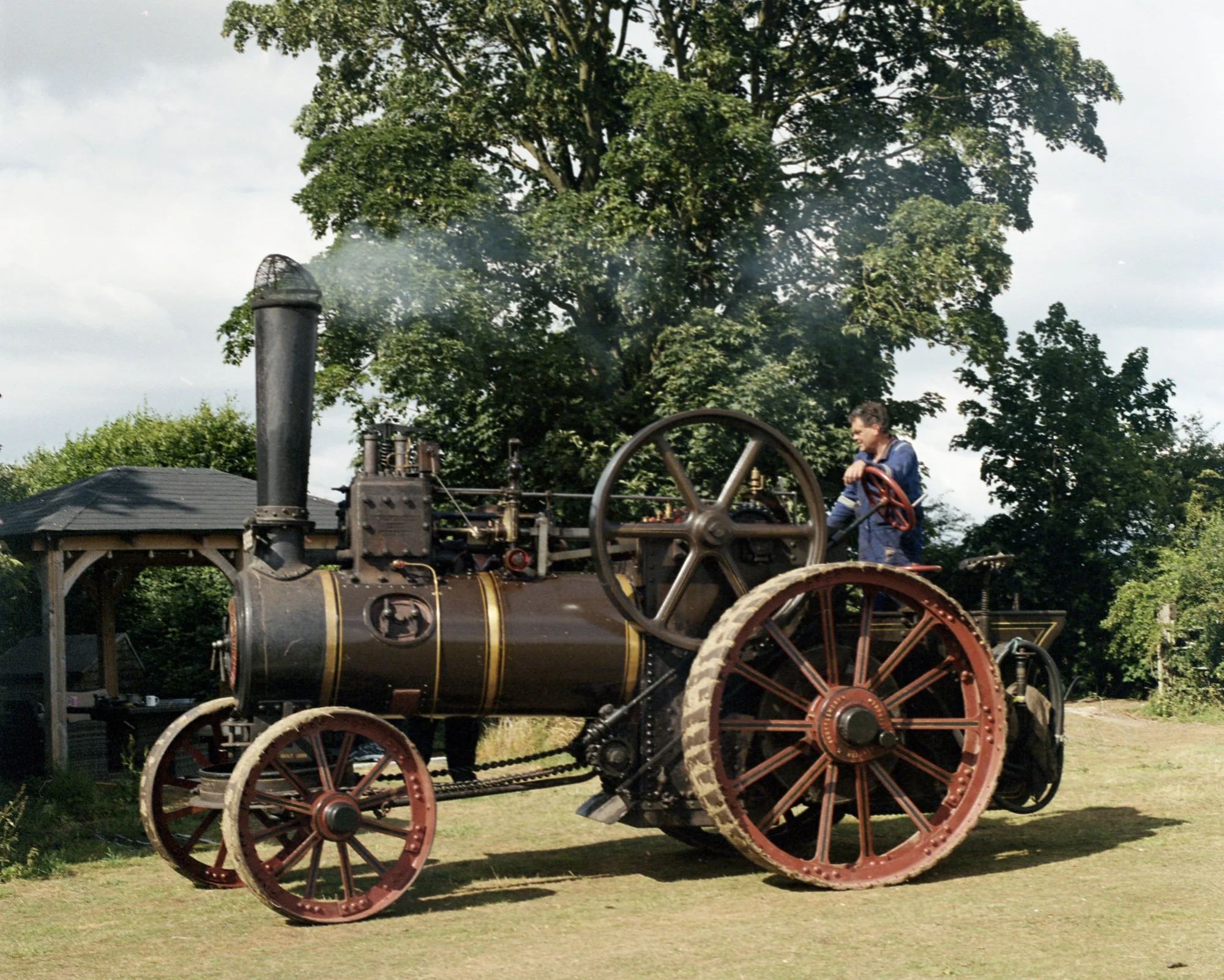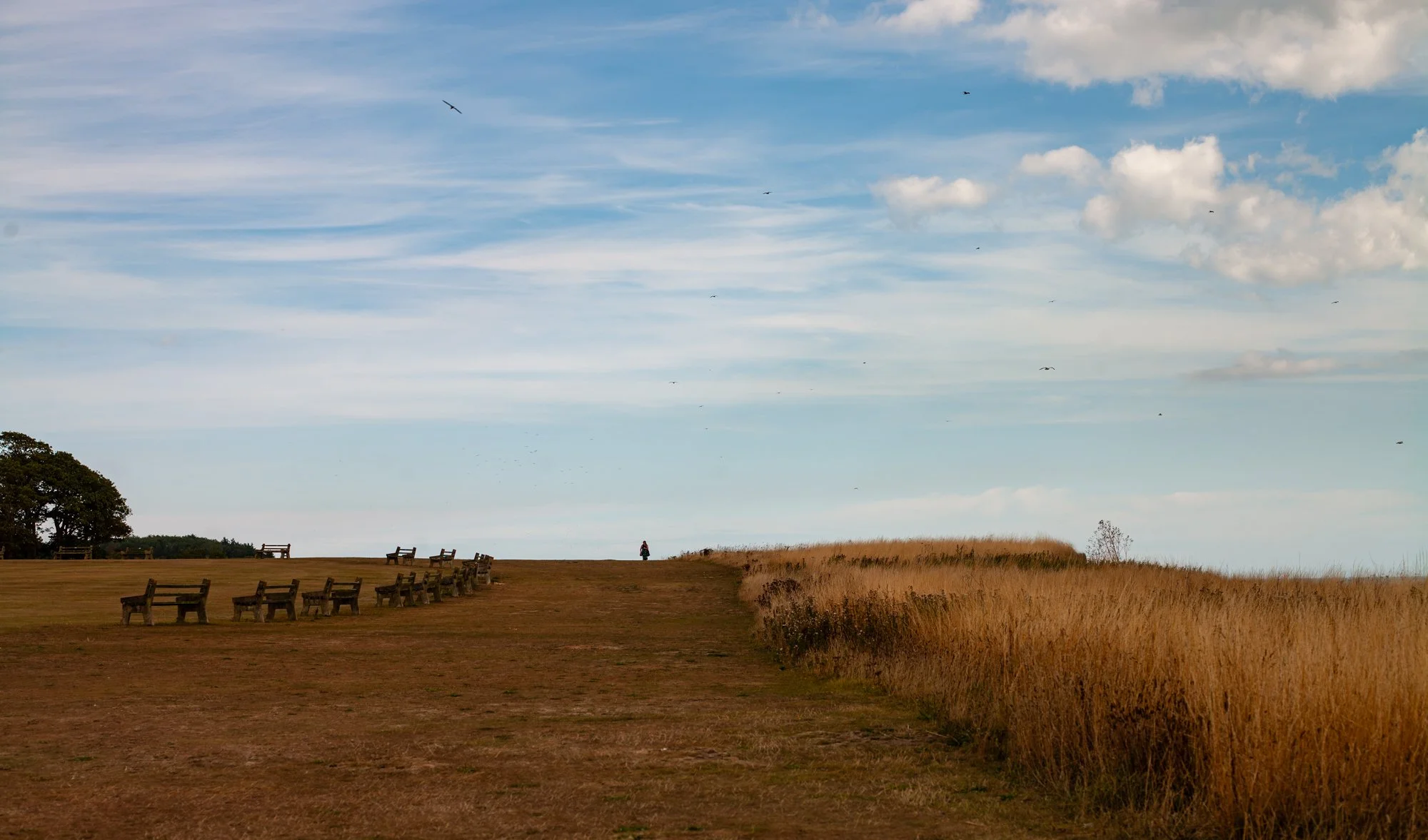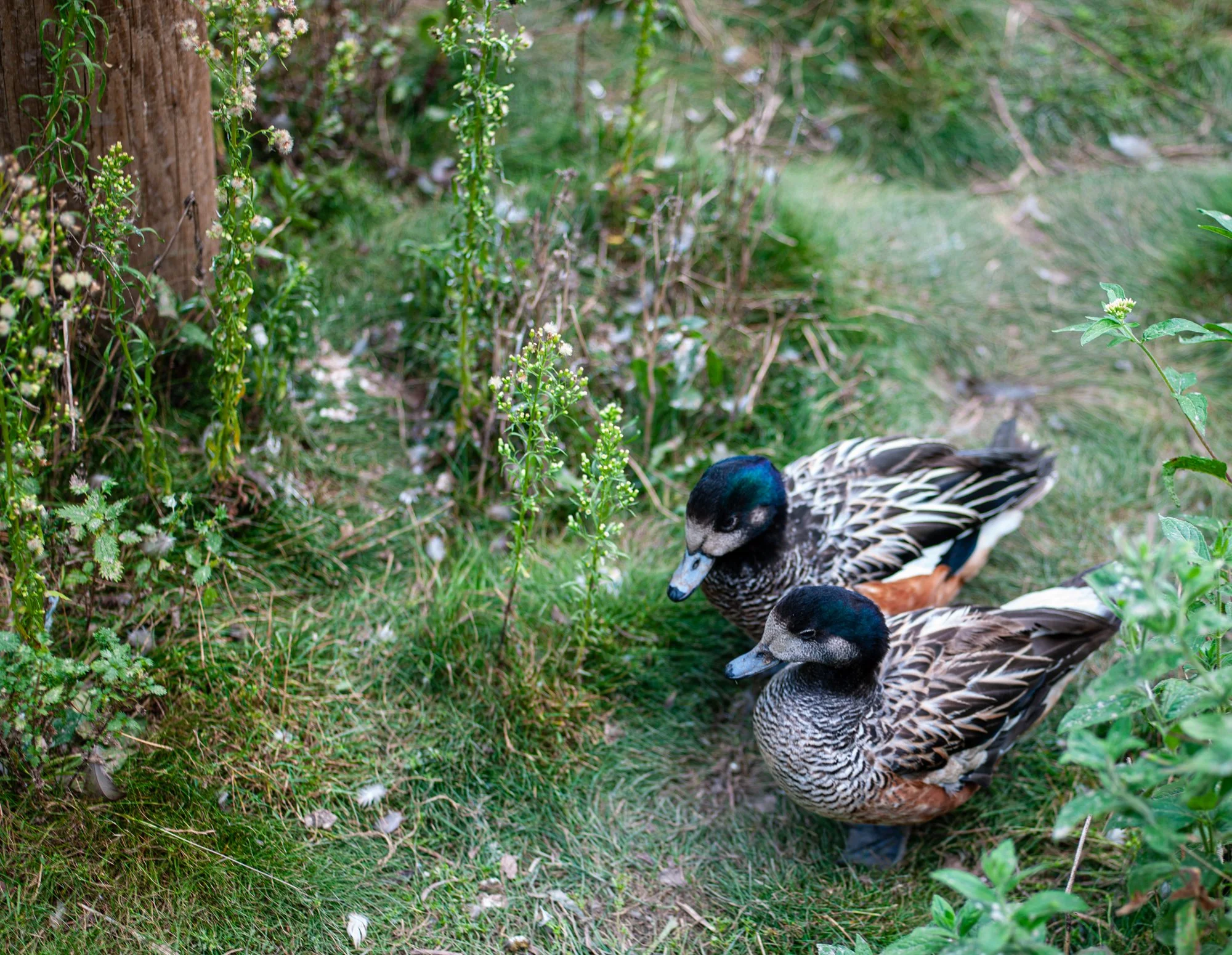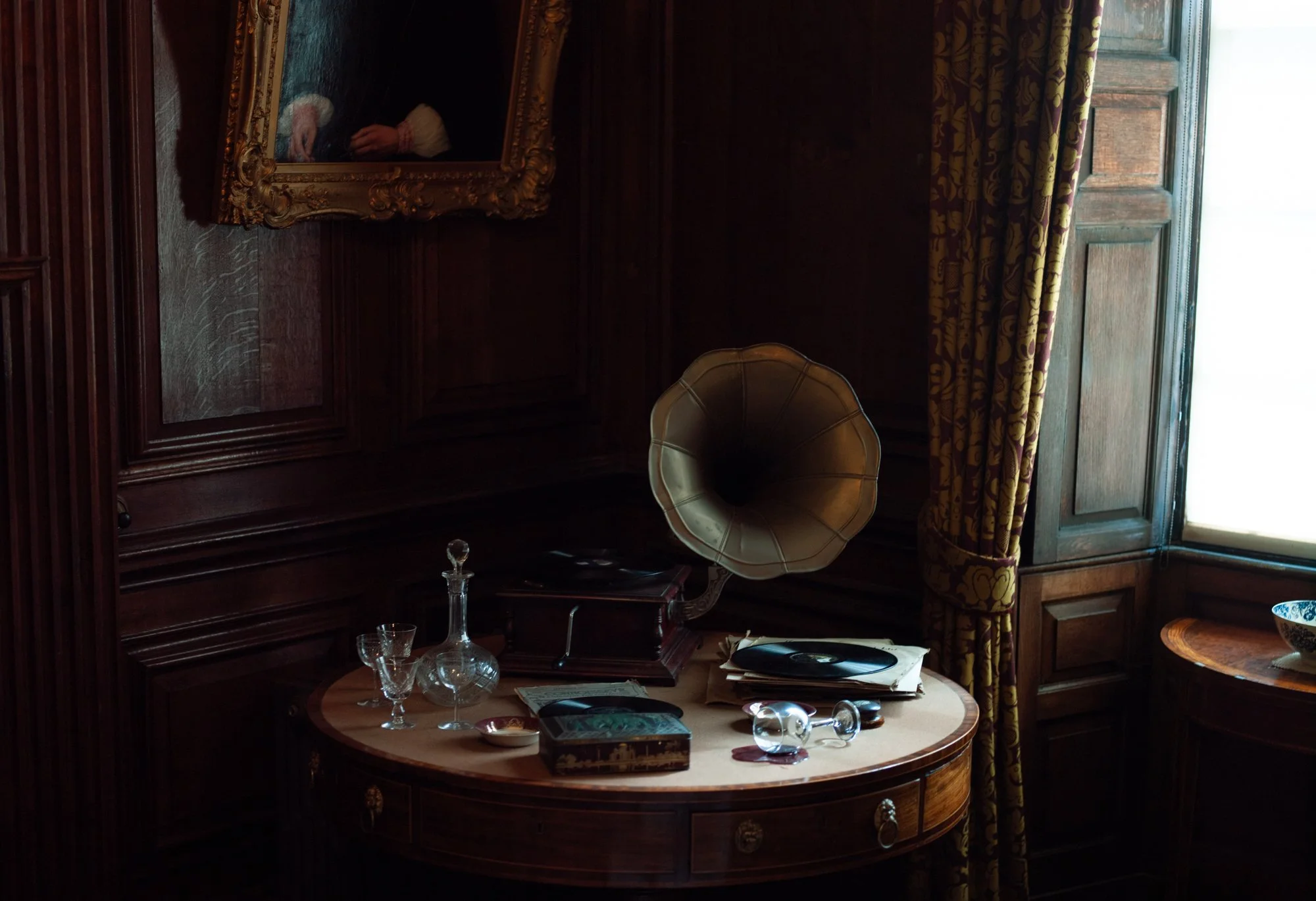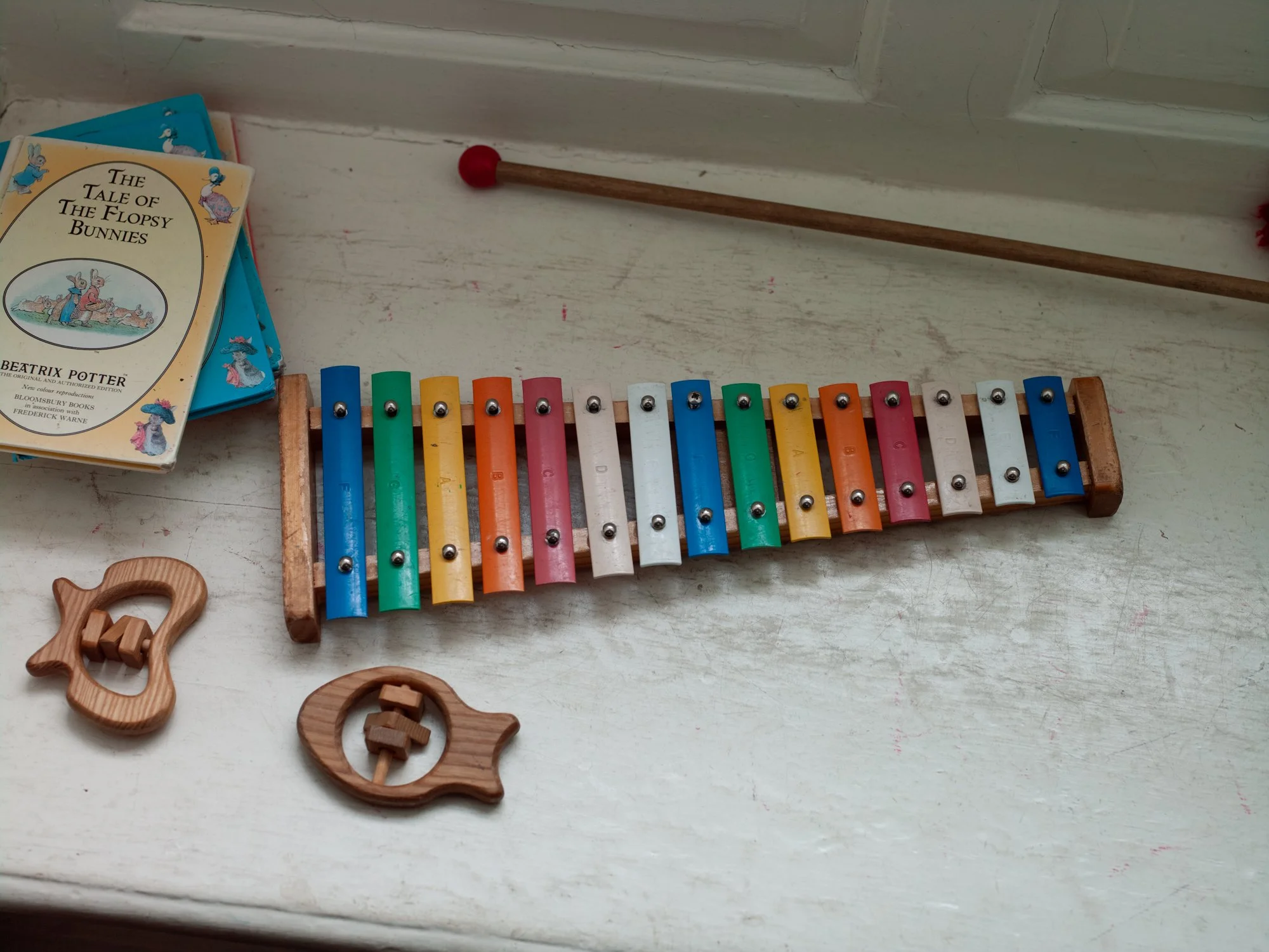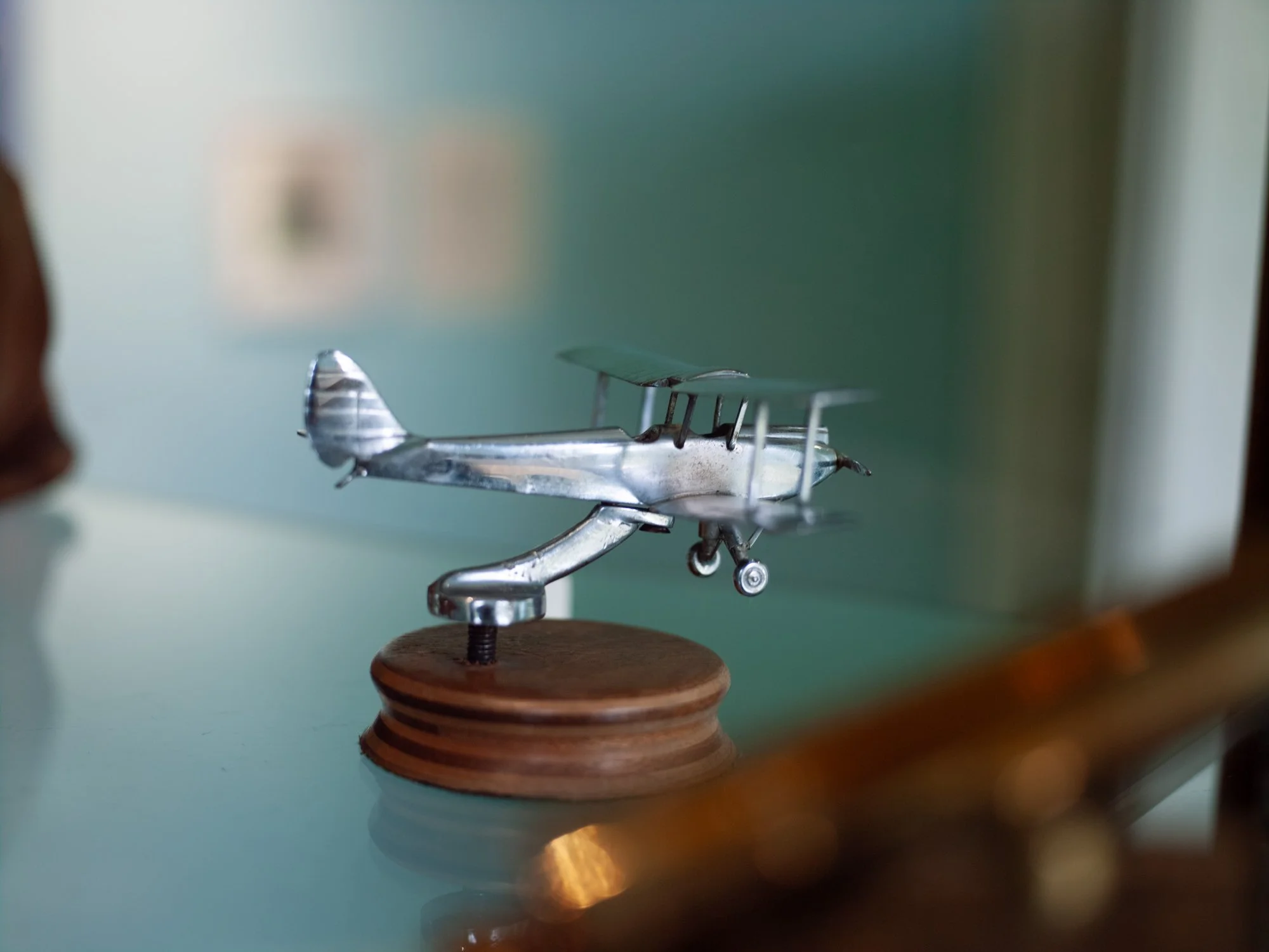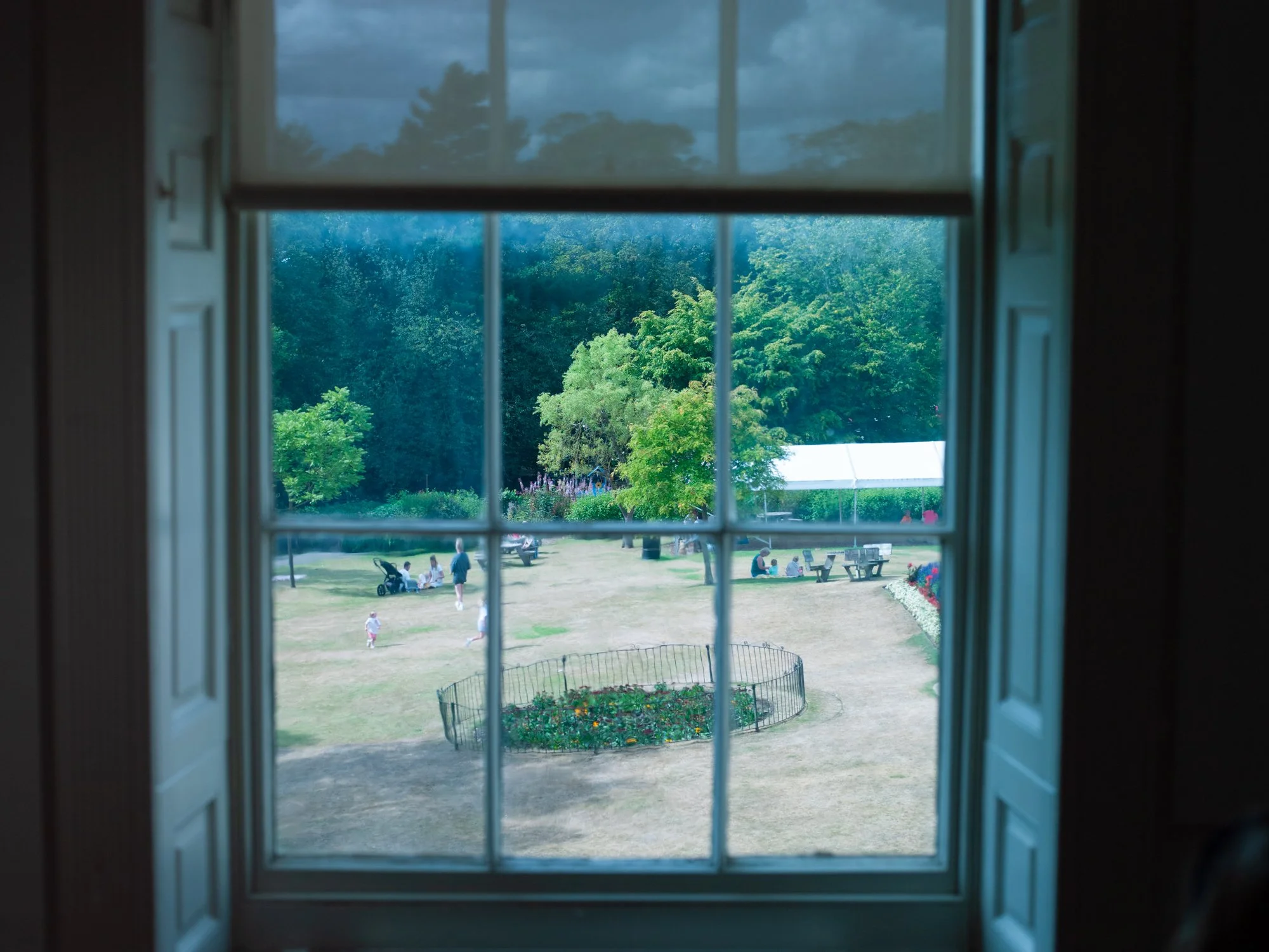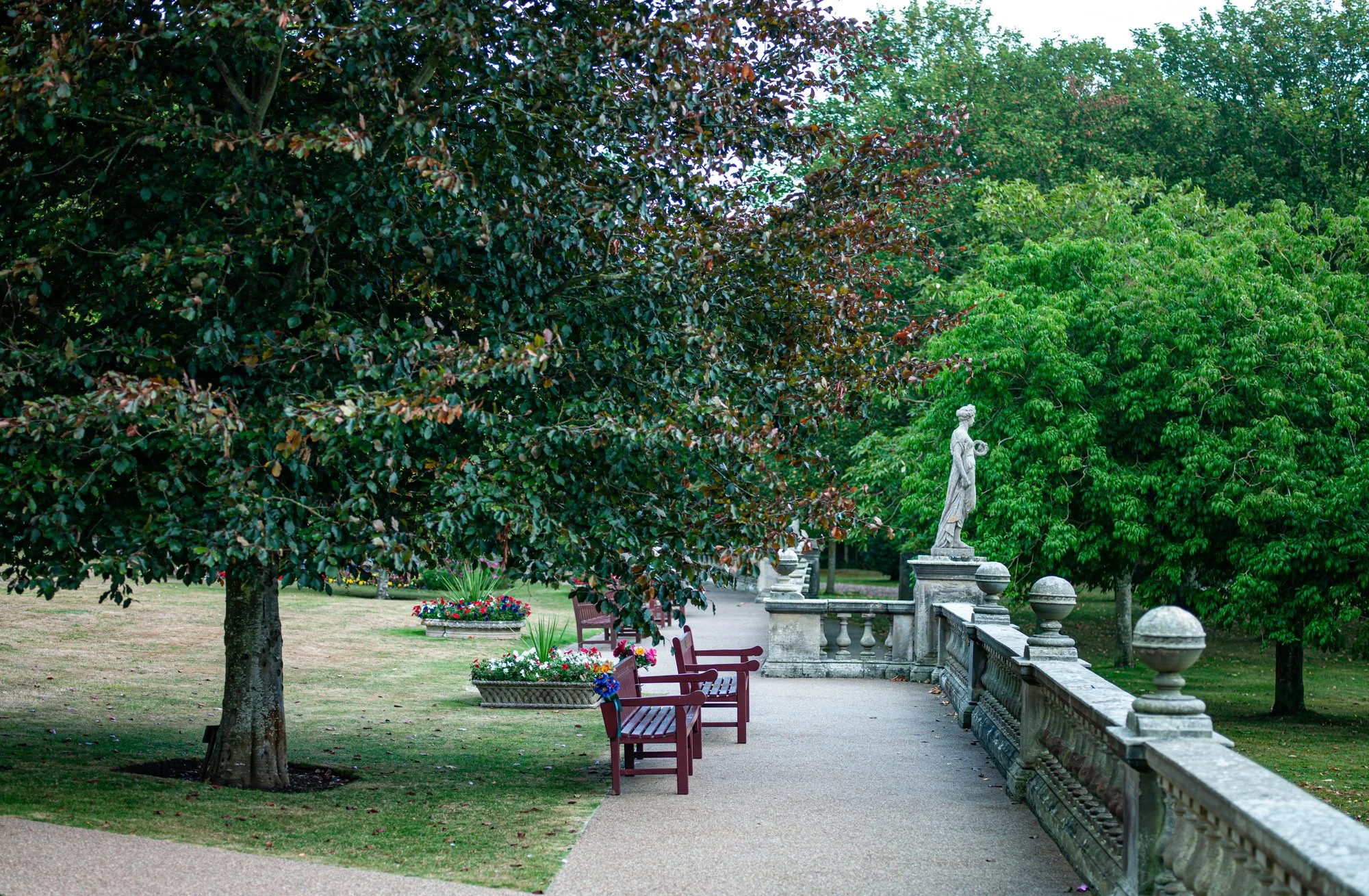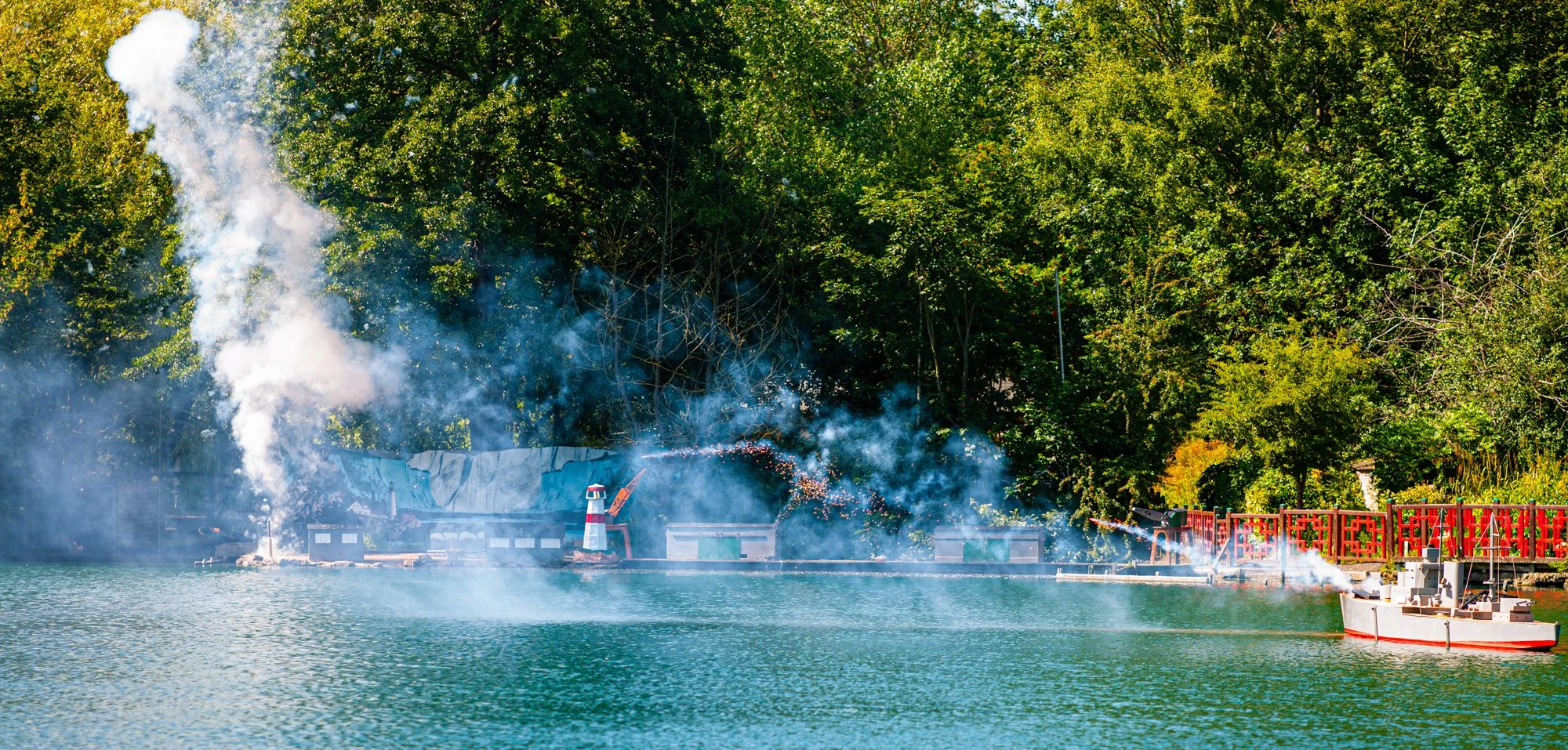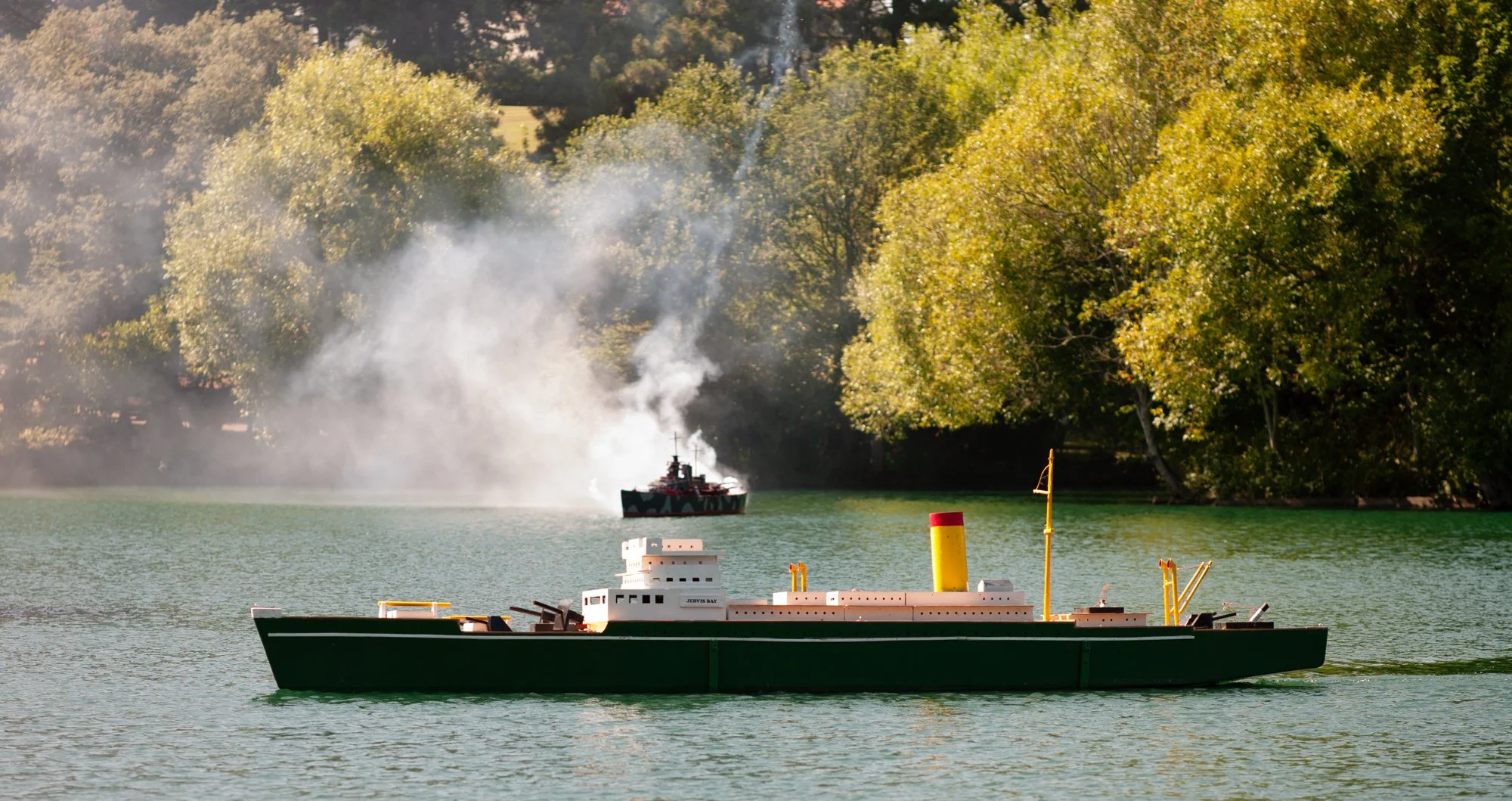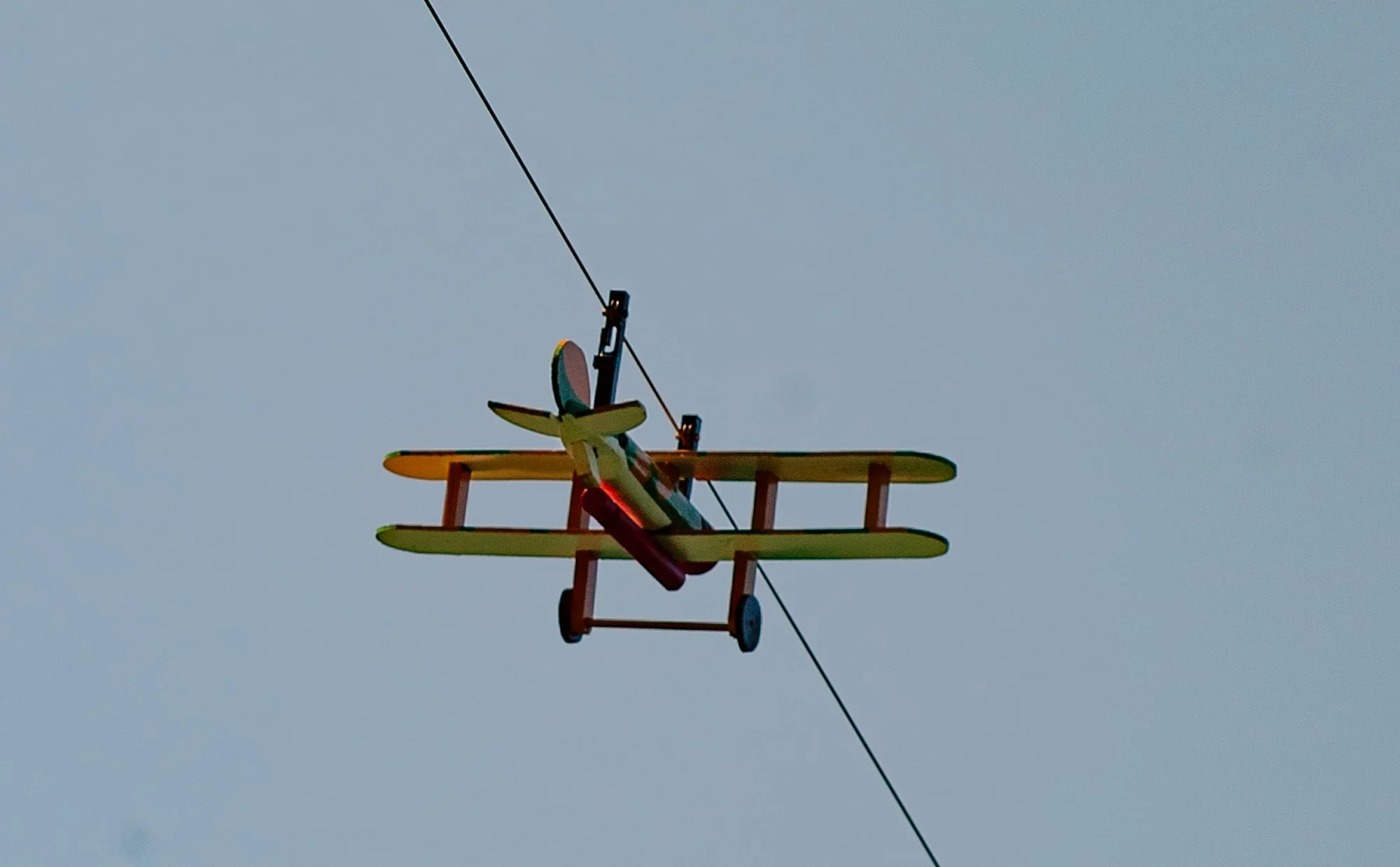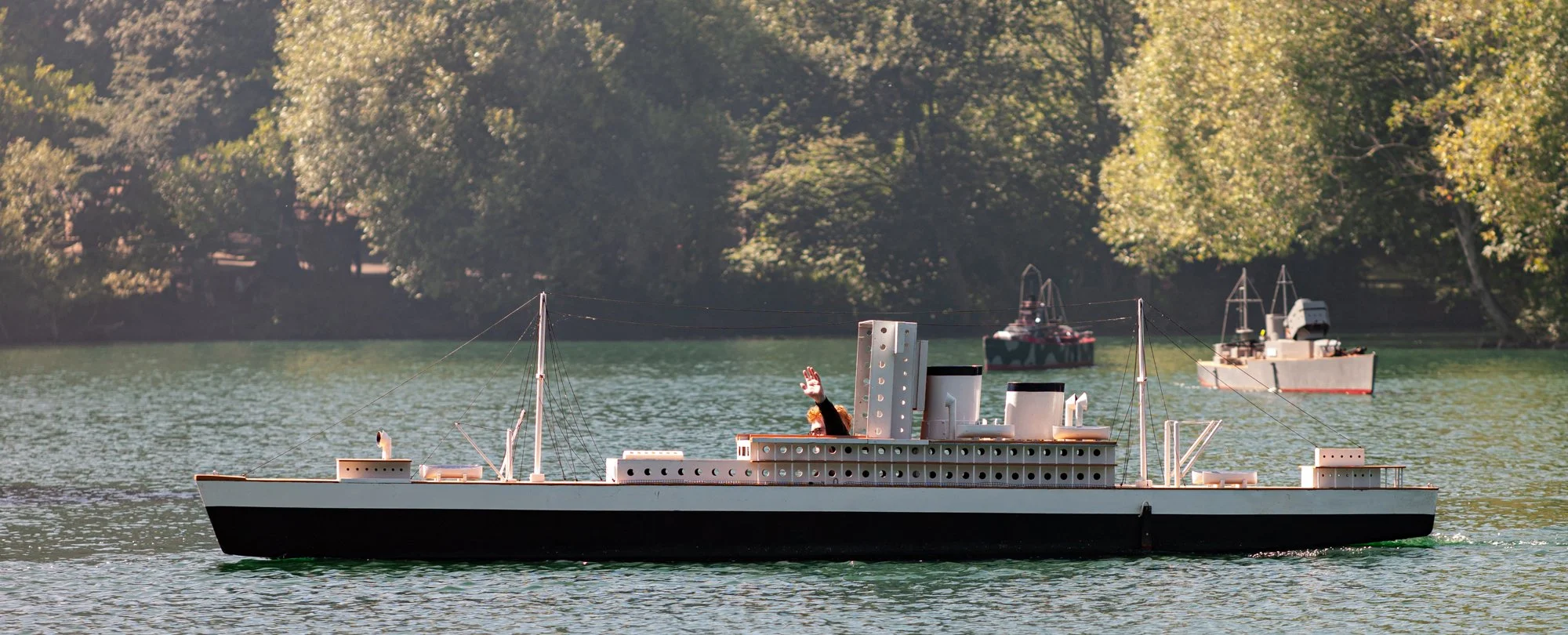Colour Film Processing Fun
/If you are wondering what is special about the picture above, its that I actually developed it myself. I’ve done a lot of black and white processing but I’ve always avoided colour because it just sounds too scary. But now you can get chemicals which only need two baths. This makes working with colour very like working with black and white, where you usually need dip the film in developer and fixer.
The only other problem with colour processing is that you need to keep the chemicals at a specific temperature; in our case 35 degrees centigrade. We did this by using a new fangled cooking tool called a “sous vide” which heats and circulates water around a bath we made from a plastic box. All we had to do was drop the bottles of developer and “blix” (bleach and fixer) into the bath and leave them there for a while, and then keep the developing tank in the bath while the film was being processed.
The whole thing went very well; once we’d mixed up the chemicals which took a little while. In all we developed four films. The chemicals should be good for another 8, and we might be able to develop even more if we increase the development time still further. I can’t really tell the difference between our negatives and ones from “proper” film processing places. By doing four films we’ve kind of broken even on the cost of the chemicals against sending the fillm away, the next few should see us moving into proper savings. Great fun. Just remember to wear gloves and work in a well-ventilated area.
